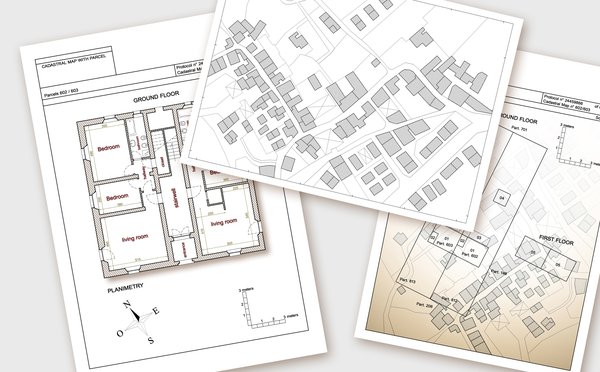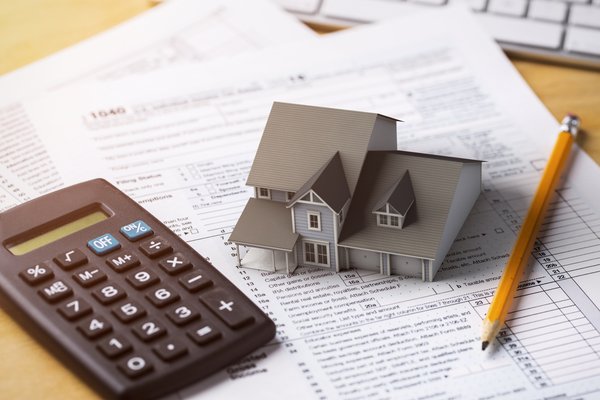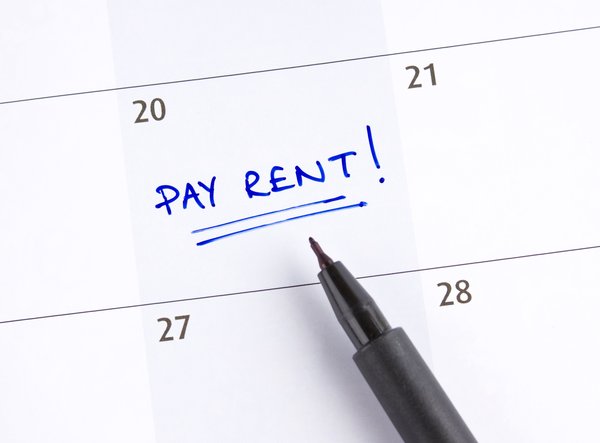A price-to-rent ratio gives homebuyers a metric to determine whether it’s cheaper to buy or rent a property in a given location. This, in turn, affects the vacancy rates and the resale housing market as the renter-owner ratio fluctuates. As such, it’s critical for real estate investors to understand this metric.
As real estate investors, we need to be well acquainted with various metrics, including cap rates, net operating income (NOI), IRR, and the list goes on. Here's an overview of price-to-rent ratios, how to calculate them, and what recent data is telling us about the renter-owner differences across the U.S.

Calculating a price-to-rent ratio
Calculating a price-to-rent ratio is straightforward. You take the median sales price in your area and divide by the median annual rent amount, giving you the price-to-rent ratio.
For example, if home sales average at $250,000, and the average median rent is $1,200/month, you would do the calculation like this:
Median house price ($250,000) / Median annual rent ($1,200 x 12 = $24,000) = 10.4
Easy right? But how do we know what 10.4 means, and how does this compare to other areas across the country?
Key takeaway: The lower the price-to-rent ratio, the more favorable the environment is for buying a home, versus renting. A higher ratio indicates that property prices are high compared to rents and that renting may be a better option.
Keeping all this in mind, here are some general guidelines for understanding price-to-rent ratios in your specific area:
- Price-to-rent ratio of less than 15: It’s cheaper and more affordable to buy versus rent.
- Price-to-rent ratio of 16-20: Leans towards renting as a better option over buying.
- Price-to-rent ratio of over 21: By renting you are making a much better personal finance choice.
Now, go calculate the price-to-rent ratio for your portfolio, what did you find? What would be to the same ratio of units in another jurisdiction nearby you?
The data
Recent data from the National Association of Realtors (NAR) sheds some light on the current state of price-to-rent ratios across the U.S. Now that you understand what price-to-rent ratios mean, here is a state-by-state breakdown of the data:
Michael Hyman, Research Data Specialist at NAR, stated, "Looking at the trend of price-to- rent price growth over time starting from 2014 to 2019, the price-to-rent ratio increased in all states, except Connecticut. North Dakota led all states with the largest percentage point increase in the price-to-rent ratio (11.7 ppt). … However, while home prices did not change much compared to rent growth during 2014 to 2019, home mortgage rates fell, so the lower mortgage rates still made buying a home more affordable than renting."
The impact of low rates and flat rents
One drawback of the price-to-rent ratio is that it doesn’t account for lower interest rates, which can make owning a home more affordable. A typical monthly mortgage payment can change dramatically based on the interest rate, which isn’t accounted for in the price-to-rent ratio.
Of interest as well is that average rental prices between 2014 and 2019 did not change very much across the board. According to rental property data in a report from Apartment List, we’ve seen a relative stagnation of rental property price increases throughout 2019, as well as most years going back to 2015.
The report shows that rent price growth between March to July (higher season for rentals) has ranged from 1.1–2.1% going back to 2014. Further, throughout 2019, national rents increased by 0.2%. This is reflective of the economic hardships caused by the pandemic, however, the flatness of rents has been observed for at least the last five years.
The price-to-rent ratio also doesn’t account for living affordability across various markets. For instance, the cost of living itself in Delaware, versus New York City or San Francisco, will be dramatically different.
Where to find price-to-rent ratios
There are a number of platforms that will give you a better idea of the different price-to-rent ratios in your real estate market. The easiest way is to calculate it yourself by using Census Bureau average homes prices, and your own rental data in your portfolio. Otherwise, you can draw that data from platforms like Zumper, Apartment List, or Rentals.ca for my Canadian peers.
As you know, you need your average price, which can be at the state or neighborhood level. Ideally, you would get as granular as possible to get the most accurate number. Prices in one location versus another can change dramatically. Same with rents -- try and get as local as possible in your data.
Here are a few other websites that can help you find the data needed to make your calculation:
- Zillow: Its research center can give you data on average prices as well as rents across various markets in the U.S.
- Redfin: Similarly, Redfin has a data center that gives you data required to make a price-to-rent calculation.
- NAR: You can subscribe to or keep an eye on NAR’s Economists’ Outlook, which regularly publishes data related to prices and rents.
Bottom line
Understanding the economics of buying and renting real estate is critical for a real estate investor. If your real estate market is trending more to favor homebuying versus renting, it might be time to explore what other markets around you are doing. Would you have a larger renter pool if you looked at a market with a higher price-to-rent ratio?
This calculation is simply one of the many investing metrics you need to consider as you explore different investment opportunities. Learn and practice how to calculate the price-to-rent, and apply the logic and analysis of this ratio to your investment due diligence.
























